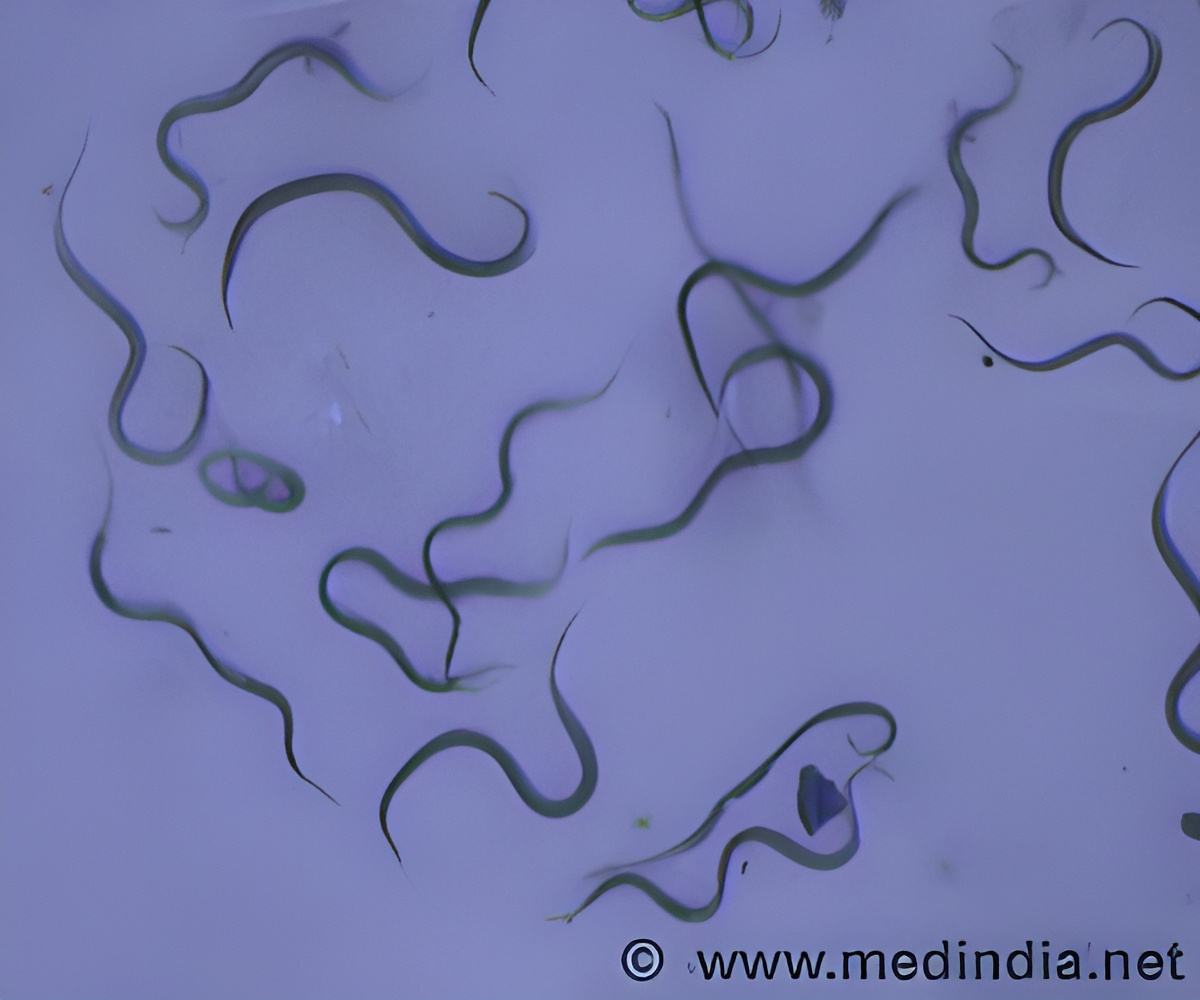
Professor Peter Timms, from QUT's Institue of Health and Biomedical Innovation (IHBI), said the IFN-g gene was the key to finding a cure for diseases such as Chlamydia and Koala Retrovirus (KoRV), currently threatening the vulnerable species.
"We know koalas are infected with various strains of Chlamydia, but we do not know why some animals go on to get severe clinical disease and some do not," Professor Timms said.
"We also know that genes such as IFN-g are very important for controlling chlamydial infections in humans and other animals. Identifying these in the koala will be a major step forward in understanding and controlling diseases in this species," he added.
The research team - made up of Professor Timms, Dr Adam Polkinghorne, Dr Ana Pavasovic and Dr Peter Prentis from QUT; The Australian Museum; veterinarians from Australia Zoo and the Port Macquarie Koala Hospital; and bioinformaticians from Ramaciotti Centre and UNSW - have sequenced the complete transcriptome from several koala tissues.
Dr Polkinghorne from QUT's School of Biomedical Sciences said data sets from immune-related tissues of Birke, a koala who was euthanized following a dog attack, have revealed a wealth of information about the species' immune system including the sequences of at least 390 immune-related genes.
Advertisement
Since finding the 'holy grail' the QUT team has developed a molecular test to measure IFN-g expression in the blood of healthy and diseased koalas, which has already been applied to a small group of wild koalas taken to the Australia Zoo Wildlife Hospital suffering ocular and reproductive tract disease.
Advertisement
The genes, which only represent about 1.8 per cent of the total set identified in the tissues, were involved in B cell and T cell activation and antigen presentation - key components of the adaptive immune response suggesting that koalas have the capability to protect themselves against microbial pathogens, such as Chlamydia.
Professor Timms' team, who are currently trialling a Chlamydia vaccine for koalas in South East Queensland, said the koala transcriptome data also provided evidence that the KoRV virus's genes were not just circulating in the blood, but were also fused to some of the animal's own genes.
"By analysing this information we should be able to determine if KoRV is sitting harmlessly in these koalas or if it's potentially triggering cancer or resulting in mild Chlamydia infections becoming a serious clinical disease," Professor Timms said.
The finding will also help researchers understand why Queensland and New South Wales koala populations have been crippled by the spread of Chlamydia while Victorian populations are much less unaffected.
The project will also aid the conservation of other Australian wildlife, with the team of researchers revealing that the majority of koala sequences shared similarities to that of the Tasmanian Devil.
Source-ANI








